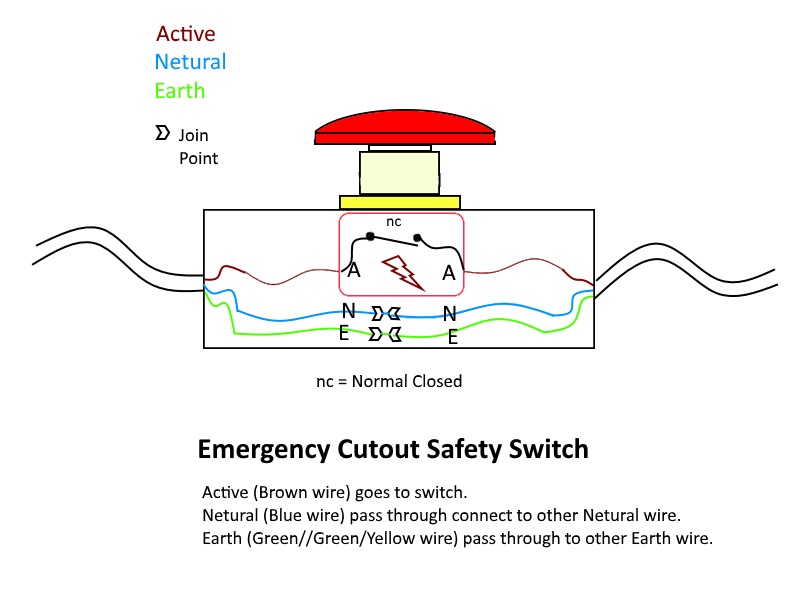
Best Way to Implement an Emergency Power Cutoff
When it comes to ensuring the safety of your home or business in the event of an emergency, one of the most important things to consider is implementing an emergency power cutoff system. This system is designed to quickly and safely shut off power to your building in the event of a fire, electrical fault, or other emergency situation. Not only can an emergency power cutoff system help prevent further damage to your property, but it can also save lives by reducing the risk of electrocution or fire.
There are several ways to implement an emergency power cutoff system, each with its own benefits and drawbacks. In this article, we will explore some of the best methods for implementing an emergency power cutoff and discuss the pros and cons of each.
1. Manual Emergency Power Cutoff Switch
One of the simplest and most cost-effective ways to implement an emergency power cutoff system is to install a manual cutoff switch. This switch can be located in a central location within your building, such as near the main electrical panel or at the entrance. In the event of an emergency, all you need to do is flip the switch to shut off power to the entire building.
One of the main advantages of a manual cutoff switch is its simplicity and reliability. There are no complex systems or components to fail, and the switch can be easily operated by anyone in the building. However, the main drawback of a manual cutoff switch is that it relies on human intervention, which can be slow and may not always be possible in an emergency situation.
2. Automatic Emergency Power Cutoff System
For a more advanced and automated solution, an automatic emergency power cutoff system can be installed. This system is designed to automatically shut off power to the building in the event of a fire, smoke, or other emergency condition. The system is typically connected to sensors that detect abnormal conditions and trigger the cutoff mechanism.
One of the main advantages of an automatic cutoff system is its speed and reliability. The system can react to emergencies much faster than a manual switch, potentially saving valuable time in a critical situation. However, automatic cutoff systems can be more complex and expensive to install and maintain compared to manual switches.
3. Combination Emergency Power Cutoff System
For the best of both worlds, a combination emergency power cutoff system can be implemented. This system combines the reliability of a manual cutoff switch with the automation of an automatic cutoff system. In this setup, the manual switch serves as a backup to the automatic system, providing an additional layer of protection in case of a system failure.
By combining both manual and automatic cutoff systems, you can ensure that your building is protected in a variety of emergency scenarios. This redundancy can help mitigate the risks associated with relying on a single cutoff method. However, a combination system can be more complex to design and install, requiring careful planning and coordination.
Conclusion
When it comes to implementing an emergency power cutoff system, there are several options to choose from, each with its own set of benefits and drawbacks. Whether you opt for a simple manual cutoff switch, an advanced automatic system, or a combination of both, the most important thing is to ensure that your building is equipped to quickly and safely cut off power in an emergency.
By taking the time to assess your needs and the risks associated with your building, you can choose the best system for your specific situation. Remember, the safety of your property and the people inside is paramount, so don’t delay in implementing an emergency power cutoff system today.
Was this helpful?
0 / 0